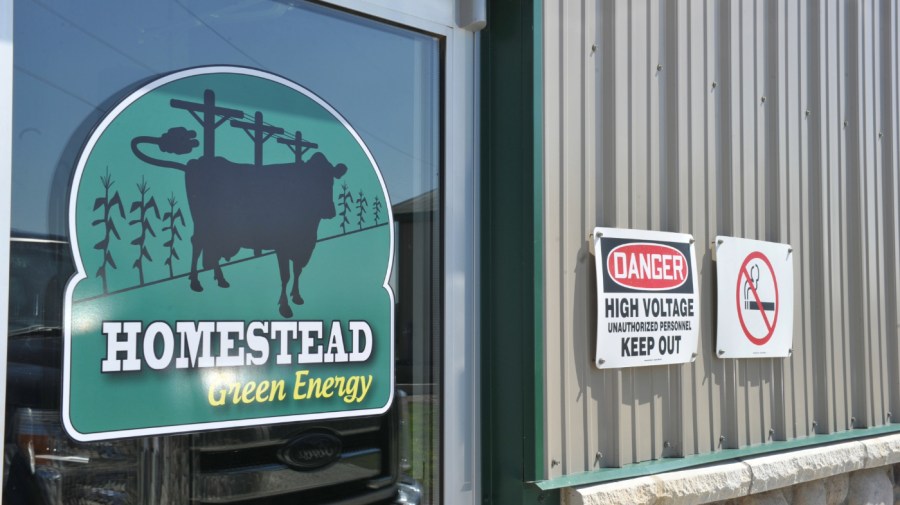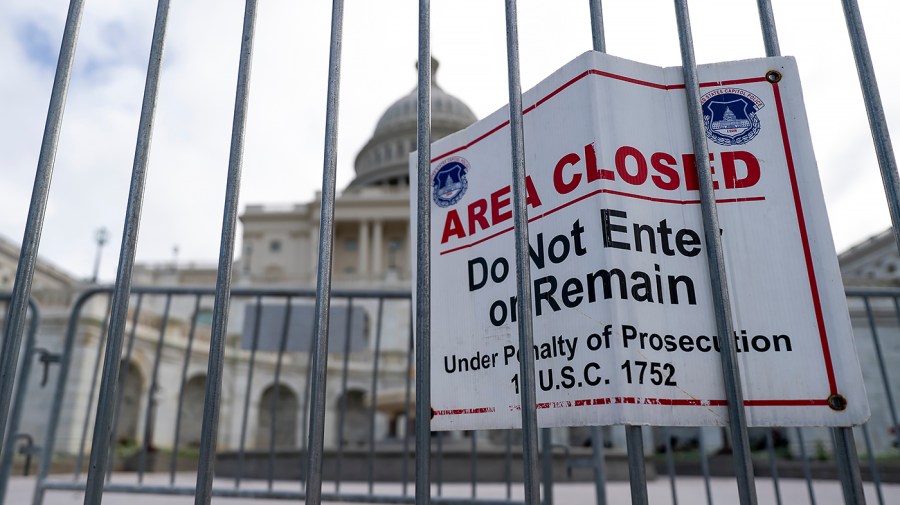We can’t ignore the reality: America needs more power. An explosion in new AI data center construction, a reshoring and expansion of domestic manufacturing, plus the broader increase in electrification of homes and vehicles are all putting enormous pressure on our energy grid.
At the same time, we’re coming to terms with another stark reality: America is producing more waste than ever. Organic waste from farms, food systems, landfills and wastewater has reached historic new highs.
The Environmental Protection Agency reports that municipal solid waste levels have skyrocketed by more than 230 percent over the last five decades since 1960, with a significant portion being degradable organic material like food scraps.
These two categories of challenges — the need to produce energy and manage our waste — presents a powerful opportunity: We can transform this abundant waste into biogas and natural fertilizer to meet America’s energy and agricultural needs.
Biogas is a renewable energy source created through the breakdown of organic waste such as manure, food scraps, sewage and crop residues. This process yields methane-rich gas, used to make energy, and digestate, a nutrient-rich byproduct usable as fertilizer.
Capturing this methane, which will be produced anyway if the waste isn’t managed, is good for the earth’s atmosphere as well, since methane is 80 times more potent than carbon dioxide as a greenhouse gas. We should capture as much of it as we can. Better still if the captured gas can also offset fossil fuel use for energy.
The benefits of biogas are undeniable. Biogas facilities produce energy 24/7, 365 days a year and have a reliability rate of 95 percent. Compared with solar and wind power — with approximately 25 percent and 35 percent reliability rates, respectively, depending on location — biogas provides us with one of the best options we have for sourcing power that is both reliable and renewable.
Beyond its consistent energy output, biogas plays a critical role in preserving America’s rural communities. Biogas systems can generate new revenue streams for communities and reduce costs for farmers.
By producing biogas and utilizing the leftover digestate for applications like animal bedding and natural fertilizer, farmers can achieve significant savings. This natural fertilizer, derived from digestate, can replace expensive synthetic fertilizers and has been shown to increase plant growth by 5 to 30 percent, further improving farm productivity.
For the environment, biogas systems help protect our air, water and soil. Air is improved through the reduction of greenhouse gas emissions and other pollutants from fossil energy. We protect our soil by recycling nutrients back into the land instead of using fossil-derived, synthetic fertilizers. And using digested material from biogas systems, plus additional technology, can reduce or eliminate runoff of nutrients into our waterways.
Despite these benefits, biogas remains an underutilized energy source with only 10 to 15 percent of the potential systems built so far. Industry data shows that the U.S. has over 17,000 potential new biogas systems waiting to be built to reduce our waste. Fully developing this potential could power millions of homes and displace substantial amounts of fossil-fuel use, all which benefiting American farms and businesses.
A global perspective underscores this opportunity. The International Energy Agency suggests that biogas and biomethane could collectively meet 20 percent of global gas demand.
For the U.S., embracing biogas is not just an environmental imperative but also a strategic move to reduce our dependence on volatile fossil-fuel markets. Internationally, the European Union has already recognized biogas production as an effective strategy to reduce reliance on gas imports from unfriendly nations.
Even national public opinion firmly supports investment in biogas, once Americans know what a biogas system does. The data show strong bipartisan backing, with over 80 percent of Americans supporting federal investments in converting waste to energy. They view biogas as a practical, local and environmentally responsible solution.
The catch? Not enough people know what biogas systems are, even though they already operate in all 50 states. Biogas is a proven, scalable energy solution that offers numerous benefits in the process. It cuts emissions, reduces waste, strengthens rural economies and meets our rising energy demands.
Amid skyrocketing energy demand, biogas offers a clean and efficient way to produce more power. The energy we need is already in our backyard — we just need to take advantage of it.
Patrick Serfass is executive director of the American Biogas Council, an organization representing more than 400 companies and 6,000 professionals in all parts of the biogas supply chain.














